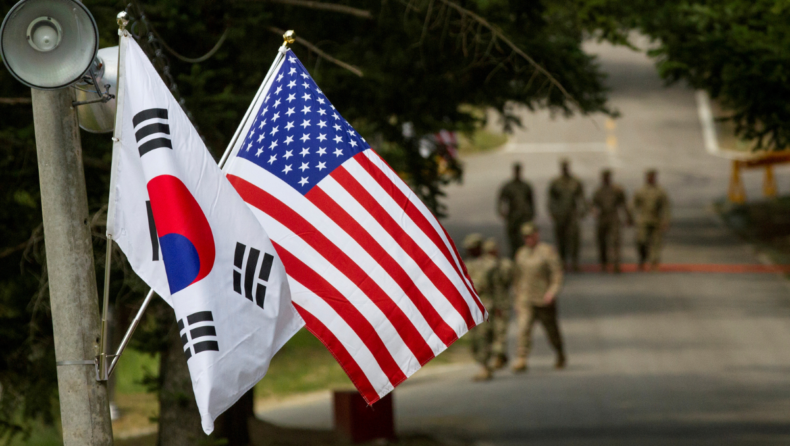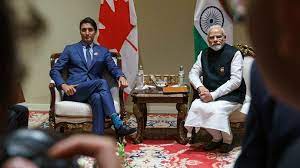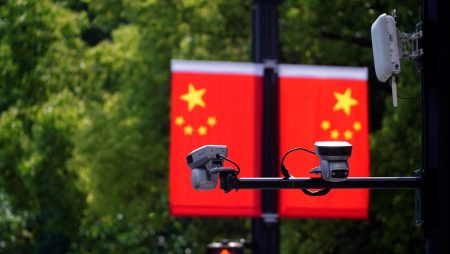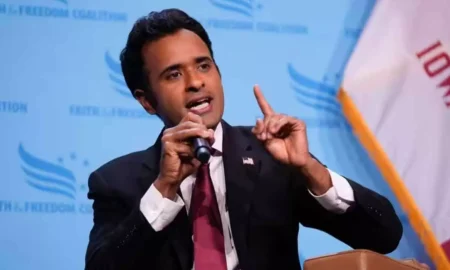On Friday, the US and South Korea held high-level strategic talks under the aegis of the Extended Deterrence Strategy and Consultation Group (EDSCG), warning North Korea of an “overwhelming and decisive response,” in the event of a nuclear attack by North Korea.

At the EDSCG meeting, the US was represented by Ambassador Bonnie Jenkins and Dr. Colin Kahl, the undersecretary of defense for policy, while First Vice Foreign Minister Cho Hyun-dong and Vice Defense Minister Shin Beom-chul represented South Korea.
The meeting between the defense representatives of the two countries comes in the wake of the “first-use nuclear” policy of North Korea, which North Korean leader Kim Jong Un announced would be “irreversible.”
On September 9, the Supreme People’s Assembly, a rubber stamp North Korean parliament, passed a new law enabling North Korea to launch an automatic nuclear strike to neutralize hostile forces.
Furthermore, Kim Jong Un, the leader of North Korea, claimed in an address to the parliament that the law offered North Korea a significant advantage and eliminated any prospects for future negotiations aimed at containing the proliferation of its nuclear arsenal.
US and South Korea issued a joint statement at the EDSCG meeting held in Washington on 16 September, condemning the new North Korean “first-use nuclear” policy, labeling it as “escalatory and destabilizing rhetoric.”
The Extended Deterrence Strategy and Consultation Group (EDSCG) was established in October 2016 to hold high-level talks between the vice-ministerial defense and diplomatic representatives of the two countries.
The meeting on Friday was held after a gap of five years, prior to which the last meeting took place in January 2018.
The EDSCG talks resumed after US President Joe Biden and South Korean President Yoon Suk-yeol reached an agreement at a summit in May.
The EDSCG meeting held this Friday is a follow-up step to the pledge made by Yoon and Biden. During the talks, both sides agreed to hold an annual EDSCG meeting. The preparation for the next EDSCG meeting will be done next year.
History of US-South Korea relationship
The defense ties between the US and South Korea go back to the end of the Second World War when the defeat of Japan by the allied forces also ended the Japanese occupation of the Korean Peninsula.
Consequently, Korea was split into two zones: the North would be ruled by Russia (the former USSR), and the South by the United States.
Russia and America established a communist government in the North and a democratic one in the South, respectively.
Since the end of the Korean War, the division between North and South has continued to this date, with strong strategic ties between the US and South Korea.
The 1953 Mutual Defense Treaty made the US and South Korea strategic defense partners, and since its inception, the US has maintained a military presence in South Korea.
Continuity in US-South Korea relationship
Last month, the annual US and South Korean joint military drill took place. This was their largest joint exercise since 2017 when they were scaled back to create space for opening up diplomatic channels with North Korea, and afterward, due to the pandemic, they could not be scaled back to the previous level.

These annual joint exercises, called Ulchi Freedom Shield, are used as a mechanism to check the preparedness level of the two states in case of a potential North Korean attack.
As North Korea continues to grow and develop its arsenal of destructive weapons like hypersonic weapons and nuclear and cruise missiles, the tensions on the Korean peninsula continue to increase.
The US and its allies, especially South Korea and Japan, have continued to deepen their defense partnership in light of the growing aggressive tactics of China and North Korea.
Recently, the US and Japan announced joint research on defense systems against hypersonic weapons.
The joint statement by the Extended Deterrence Strategy and Consultation Group (EDSCG) warning North Korea of a strong response in case of a nuclear attack by it, is the latest step taken by the two countries to address the volatile circumstances created by the unpredictable North Korean leader.













